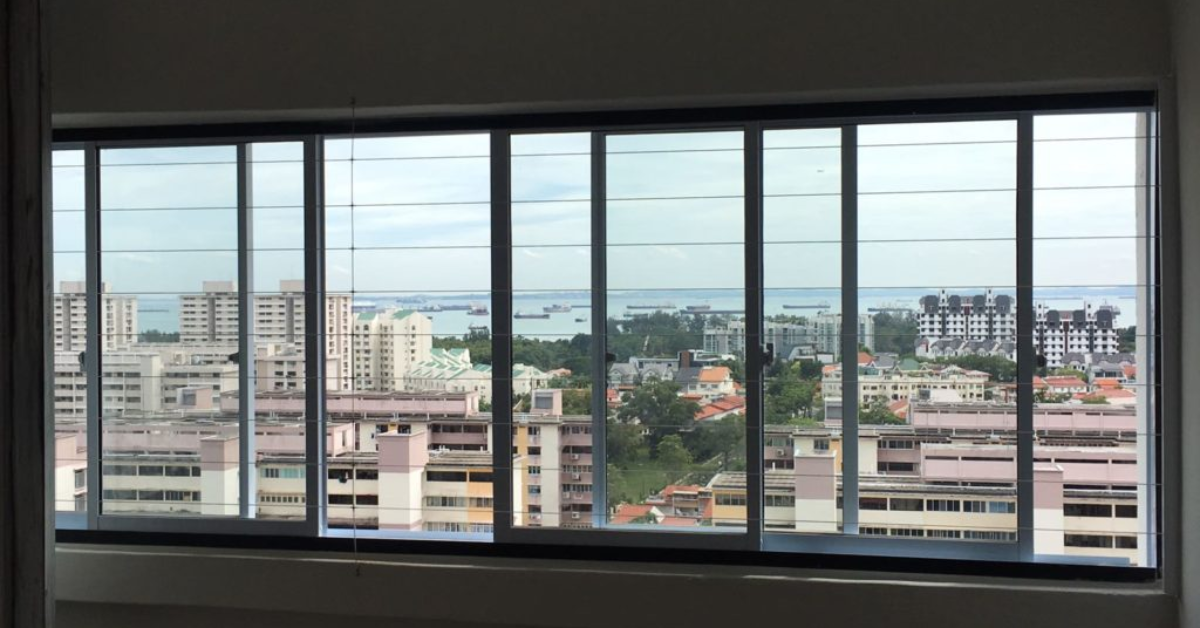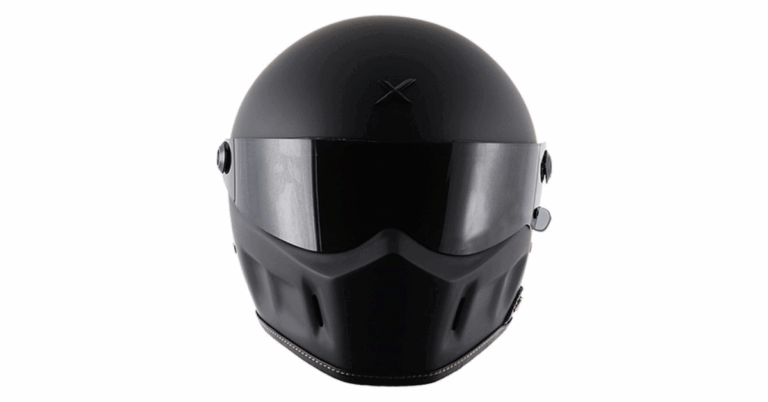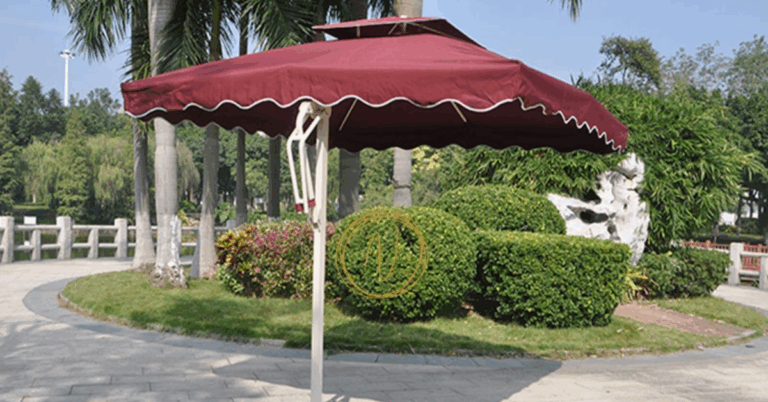The Advantages of Openable Invisible Grille: A Seamless Blend of Safety and Style
Installing an Openable Invisible Grille transforms a home’s window or balcony into a space that is both safe and stylish. This modern solution offers homeowners the security and peace of mind of traditional grilles—but with far more flexibility, aesthetic appeal, and user-friendliness. In this article, we explore the many benefits of openable invisible grilles, the key factors to consider when selecting them, practical installation and maintenance tips, and why they are rapidly gaining favor in contemporary architecture and home décor.
What Is an Openable Invisible Grille?
At its core, an invisible grille consists of thin stainless-steel cables or wires that are tensioned to span between vertical supports, thereby creating a barrier that is barely perceptible from the outside. What sets the openable variant apart is the added capability to swing, slide or unlock part of the grille—giving an exit route, ventilation access or fully open view when desired.
Traditional fixed grilles often obstruct views, limit natural light, and remain permanently in place. By contrast, openable invisible grilles combine these three qualities:
Safety and security — They provide a barrier to entry and reduce the risk of falls.
Functionality — The ability to open the grille means greater flexibility in usage.
Aesthetics — Because the cables or wires are ultra-thin and designed to recede visually, the view remains unobstructed, giving a “floating” sense rather than the heavy feel of bars.
Thus, an openable invisible grille offers a refined solution for homes, apartments, and high-rise balconies where both view and safety count.
The Key Benefits
1. Enhanced Safety & Emergency Access
Safety is the foremost motivation for selecting openable invisible grilles. These systems are typically made of high-tension stainless cables, strong anchoring points and secure fittings, making them difficult to tamper with or penetrate.
More importantly, the openable feature addresses a critical concern: in many jurisdictions, escape routes (for children, older adults or in case of fire) are mandated. A fixed grill may impede quick evacuation, but an openable grille allows for rapid exit when needed.
2. Unobstructed View & Aesthetic Appeal
One of the hallmark advantages is the near-invisible nature of the installation. From a few meters away, you barely notice the cables, thanks to their small diameter and often transparent or light-colored finish. The result is panoramic light, minimal visual intrusion, and a more open, airy feel.
Because it doesn’t look like a typical security bar installation, an openable invisible grille preserves the architectural character of a building, whether modern glass-façade apartments or villas with large expanses of glazing.
3. Flexibility & Ventilation
With an openable feature, you gain better ventilation and access. When the grille is released or swung open, you can shift from a fully secured state to one of openness—to let air flow, to clean the window, or to access the balcony more freely. This flexibility is a major benefit over static solutions.
4. Low Maintenance & Durability
Materials used typically marine‐grade stainless steel are chosen for high corrosion resistance, especially in humid or coastal environments. The slim cables gather less dust than large bars, and the openable mechanism allows easier cleaning of both the window and the exterior façade.
5. Seamless Integration & Customisation
Modern manufacturers of openable invisible grilles offer highly customisable sizing, finishes, and mechanisms to suit non-standard windows or balcony configurations. This means even curved or large‐format glazing can be fitted with a nearly transparent safety barrier.
Factors to Consider Before Installation
When you’re looking at installing an openable invisible grille, here are the major factors to weigh:
a) Material & Finish
Select high-tensile stainless steel cables with appropriate diameter and load-rating. The finish (often brushed or polished) should suit your building’s climate coastal areas require highest corrosion resistance. Ensure the fittings and supports (anchorage plates, bolts, caps) are similarly specified.
b) Mechanism & Opening Style
Openable grilles come in various forms: hinged one-side panels, sliding panels, or panels that lift out for cleaning/escape. Choose the style based on your window/balcony layout and how often you plan to open it. Consider the locking mechanism’s ease and robustness.
c) Safety & Building Code Compliance
Check the local building codes for fall prevention, e-gress requirements, child safety, and mandated safety barrier heights. Some codes require that safety barriers can be opened in emergencies without tools—so a mechanism without cumbersome screws may be required.
d) View & Spacing
While invisible grilles are designed for minimal visual interruption, the spacing of the cables, their diameter, and how close to the glass they sit all influence the view. A smaller diameter and wider cable spacing (within safety limits) give a more open feel.
e) Maintenance Access
Since the grille sits close to the glass, there should be provision for cleaning both the window side and the outer façade. An openable design helps here—but you should ensure easy access to fasteners, hinges, and cable terminations.
f) Budget & Installation
Because of the custom nature (fit, mechanism, finishing), openable invisible grilles typically cost more than fixed invisible grilles or standard bars. Installation must be done by skilled installers to ensure tensioning, anchorage, and mechanism work properly. Factor in ongoing maintenance costs (though these are modest compared to alternatives).
Practical Installation & Maintenance Tips
Having chosen a suitable openable invisible grille, mindful installation and maintenance will ensure longevity and performance. Here are some recommended practices:
Pre-installation survey: Measure the window/door/balcony opening precisely, check surrounding structure, locate steel beams or strong masonry for anchorage. Ensure cable runs will avoid interfering with glazing, opening sashes or external fixtures.
Anchor points: Use structural anchor plates or bolts embedded in the wall/beam—not simply masonry screws. This is key for safety especially when the system may bear loads (e.g., children leaning on it, or accidental impact).
Cable tensioning: The installer must tension each cable to the specified load/spacing. Ongoing, check for slippage or sag periodically (at least once a year) and re-tension if needed.
Mechanism check: For the open-panel, hinge, or slide mechanism ensure smooth operation, no binding, and good corrosion resistance of moving parts. Lubricate hinges or sliders annually (or as recommended).
Cleaning: Use a mild detergent and soft cloth to wipe cables and fittings. Avoid abrasive materials that may scratch stainless steel or remove protective finishes. Clean surrounding glass and frames to maintain the aesthetic effect.
Inspection in harsh weather: In high-wind areas, following storms check that anchor plates remain secure and no cables are damaged. Replace any cables that show visible fraying, rust or fatigue.
Record-keeping: Maintain a log of installation date, inspections, tensioning checks and any replacements. This will help if you ever need warranty support or are selling the property and want documentation of safety compliance.
Why Openable Invisible Grilles Are Trending in Modern Homes
The architecture and interior design world increasingly favors minimalist, unobtrusive systems, especially in urban apartments, high-rise towers and homes with large glass facades. The reasons include:
Desire for unobstructed connection with outdoors: Homeowners want safety without sacrificing the view. Openable invisible grilles satisfy that need better than bulky bars.
Safety standards becoming stricter: With child-safety and fall-protection regulations tighter than before, these grilles offer a certified, elegant solution for balconies and windows.
Growing preference for flexible spaces: Modern homes often combine living and outdoor zones (balconies, terraces). A grille that can open fully or partially helps the space adapt to different uses—sunrise views, indoor outdoor flow, cleaning. The openable variant is thus more future-proof.
High-rise living: In tall buildings where balcony access is more for leisure than exit, the ability to open the grille becomes especially valuable for ventilation and access without compromising safety.
Resale value: Homes that include transparent safety systems add to perceived value by combining function and design. Prospective buyers often view view-blocking bars as outdated; invisible grilles feel modern and premium.
Use Cases & Applications
Here are typical places and scenarios where openable invisible grilles shine:
Balconies & Terraces: For an apartment on a high floor, you want a safety barrier that doesn’t feel like a cage. An openable invisible grille lets you open the space for air, views and access.
Large Sliding Window Walls: Where full-height glass walls open onto balconies or gardens, invisible grilles provide safety for the glass panels even when open, and the openable version allows unobstructed flow when needed.
Dormers, Attics, or Child-Safe Windows: In homes with young children, windows may need protection but also must allow for escape or cleaning access. The open mechanism is ideal.
Heritage/Retrofitted Buildings: If you want to preserve architectural aesthetics (for example a period façade) but still meet modern safety requirements, the less visually invasive invisible grille is a smart choice—especially when it can be opened for cleaning and maintenance.
Challenges & Things to Be Aware Of
No solution is perfect, so here are potential issues to watch:
Initial cost: The aesthetics, custom fitting, and open mechanism mean higher cost compared to simple fixed bar grilles.
Installation complexity: Because tensioning and anchorage are critical, the quality of the installer matters significantly. Poor installation can reduce safety or durability.
Cable tension maintenance: Over time, cables may slack due to temperature changes, structural settling or minor impacts. Without periodic inspection the “invisible” effect and safety performance can degrade.
Visual illusion expectation: Although called “invisible”, the cables are still physically present. In certain lighting or close-up inspection you may notice them. Set realistic expectations for the visual effect.
Mechanism wear: Hinges, locks or sliding tracks of the openable mechanism will experience wear and may require replacement or maintenance over a long period.
Conclusion
In today’s architecture and home design, security need not come at the cost of aesthetics. By installing an openable invisible grille, homeowners gain the strength and safety of a barrier—while preserving light, views, open space and elegance. From high-rise balconies to large glazing facades in villas, these systems deliver on multiple fronts: safety, flexibility, low maintenance and seamless design integration.
When thoughtfully specified—appropriate materials, well-executed installation, regular maintenance—the openable invisible grille enhances not just the function of a window or balcony, but the entire living experience. For anyone seeking a practical yet refined home safety solution, this is one of the most effective options available.
Whether you’re looking to safeguard children, pet-proof a terrace, or maintain that clean, minimalist look without compromising on security—the openable invisible grille makes a compelling choice. Carefully selecting the right supplier and installer will ensure it serves you beautifully for years to come.







